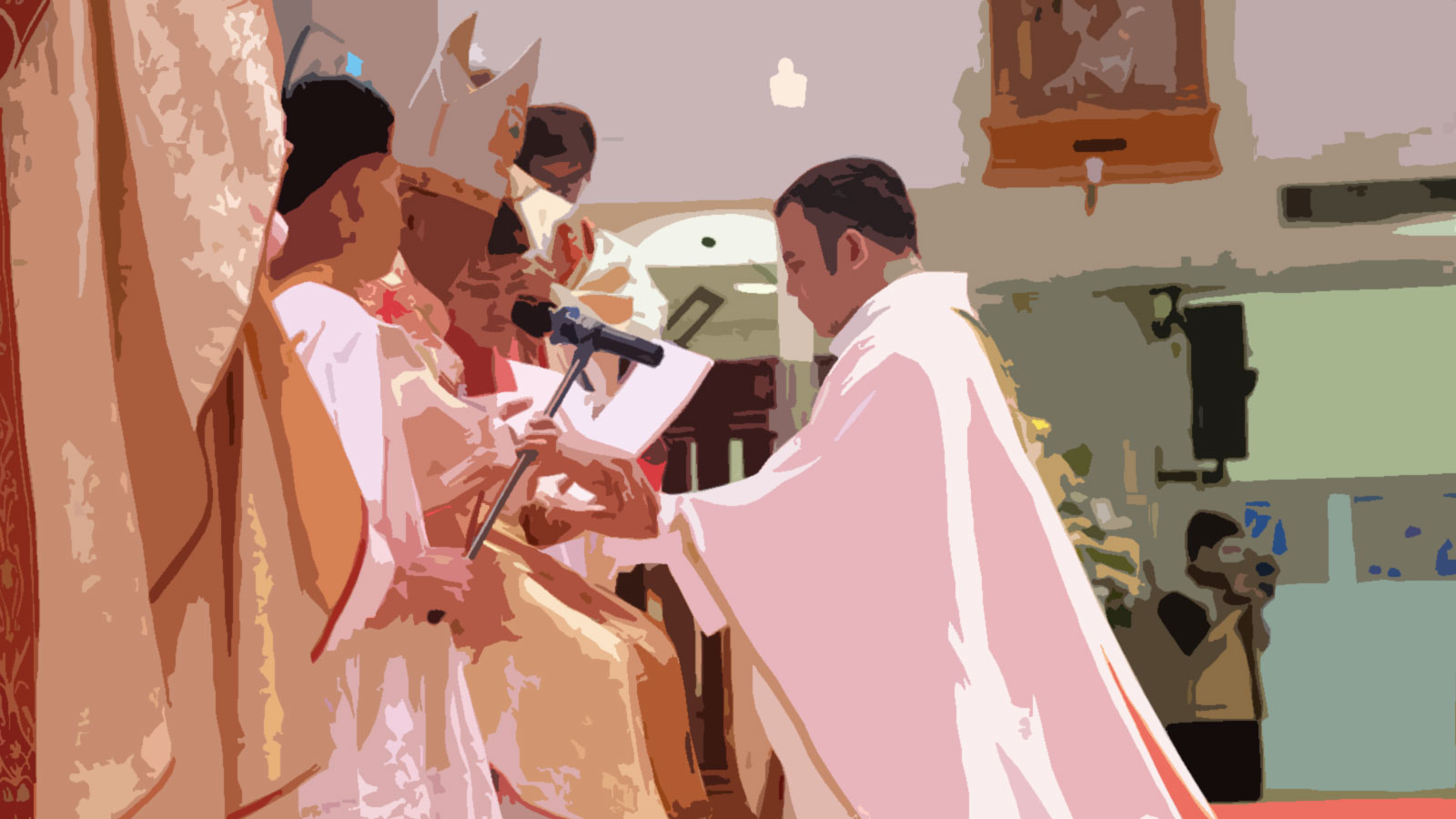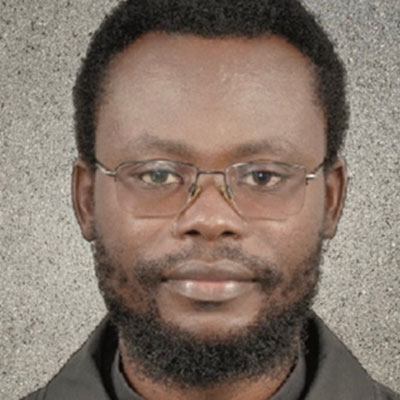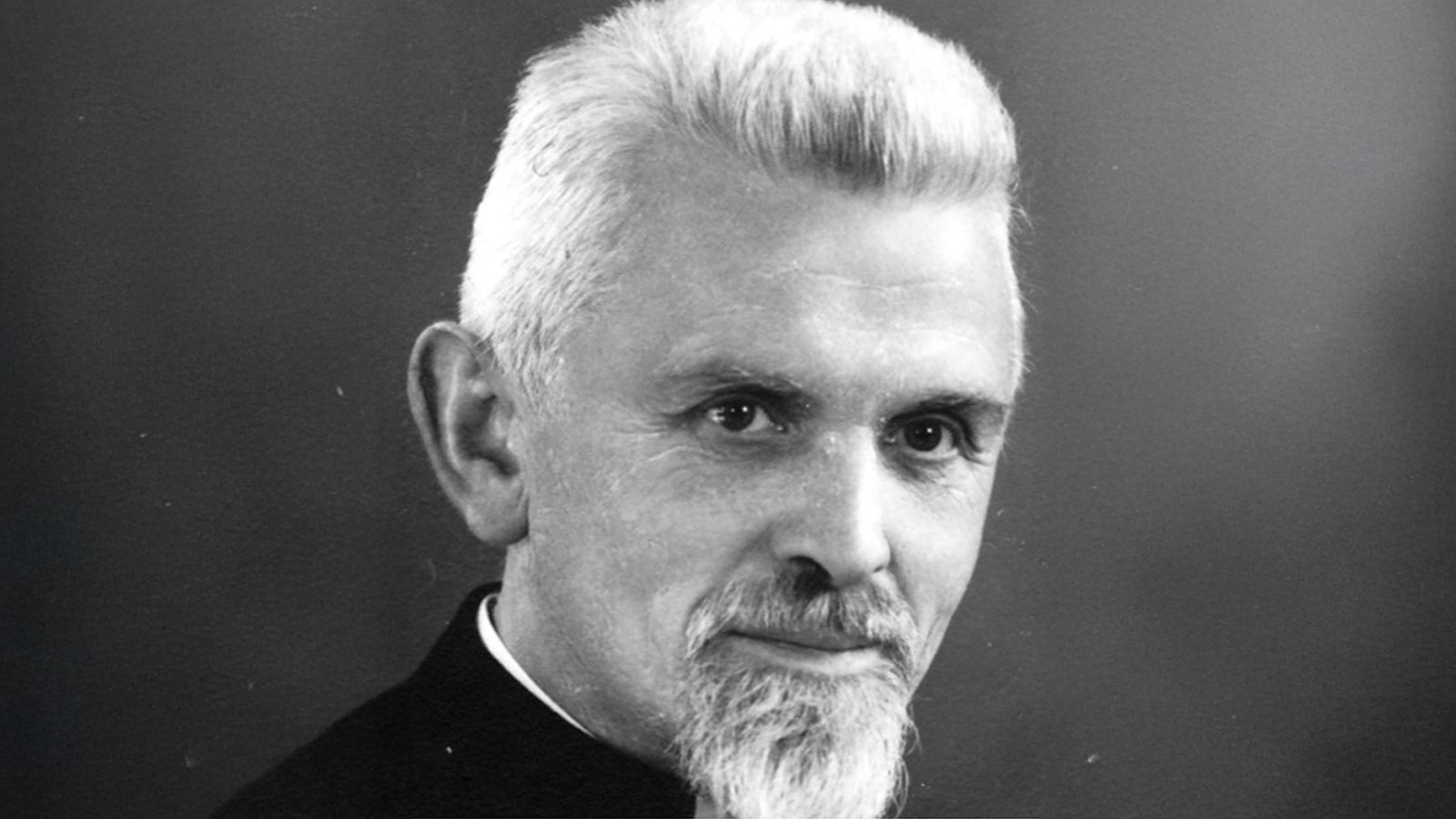Missionary today is outdated?
- IN THE FRONTLINE
- Hits: 10565
 By Jan Reynebeau, cicm
By Jan Reynebeau, cicm
Interview with Father Jan Reynebeau, Provincial Superior of BNL, who strongly encourages the three “young” Scheutists, who came from abroad and have been living in Antwerp for 3 years and is currently preparing the insertion of a new community of three other Scheutists from Haiti, Indonesia and the Central African Republic. From Scheut en Famille, 2nd quarter 2020
To convert?
When our elders were going for mission in the past, it was to make Jesus known, build the Church, and work for development, since in the mentality of the time, they thought they were superior to others by their know-how, their culture…
Today the world has become a big village, not only because we move around easily, but above all, because information, ideas, values, and customs are increasingly shared, forcing us to change and change together. This is why it is beneficial for all that certain values are conveyed through small communities that not only disseminate them but also assimilate them. These small communities in this world are like a breath of fresh air: made up of people from different cultures, they aerate the places where they are implanted while evolving themselves.
What about God in all this?
It is evident that it is the Gospel that opens these missionaries to other cultures, and they discover other ways of encountering God, enriched by different religious practices. They hope to enrich their friends with their own practices as well. They will also do so by following the example of Jesus when he met people of his time. More than once, when he was in Senegal, Gabi Hénaut was told by Muslim friends: Gabi Djouf, you are like us, why don’t you become a Muslim? Sharing religious values and practices is an integral part of the Mission. Today, some people dare to say that God is too great to be enclosed in one religion!
These new confreres, are they going to fill in the gaps?
To replace the missing priests in Belgium? Absolutely not! To save or restore the Church: NO. Their objective is to collaborate to build a better world, the Kingdom of God. They will do this by living together while they are from very different cultures and origins: to be witnesses in an increasingly multicultural Belgium, of what a “living together” is a great richness.
They will also do so by paying special attention to the most abandoned, those who do not count or who count little in our society: the poor, the voiceless, the refugees? And finally, by taking various initiatives that will allow people to get together, create communion, evacuate the fear of the other… It is an opportunity for them to meet many people who are either distant from the Church or totally indifferent. Sharing common values with them while maintaining and/or enriching their personal faith is a true missionary task
Won’t they be parish priests?
In the present circumstances, they will be integrated into an existing structure: a pastoral unit in Mechelen, a multicultural city. But since there are three of them, the task will probably be less heavy to carry, which will allow them to go beyond the boundaries of the usual pastoral care, and to get out of the Church because that is where a good part of the people they have to reach are located.
We remember how another Scheutist–Paul Hanson–had joined a pigeon fancier group when he realized that it was the hobby of many people in his community. Moreover, it will also be an opportunity for the parish community to get out of itself and to meet other religions as well.
 The three “young” Scheutists, who came from abroad and have been living in Antwerp for three years.
The three “young” Scheutists, who came from abroad and have been living in Antwerp for three years.
Ghislain Toussé (Cameroon), Thomas Hendrikus (Indonesia), Fabio Teixeira (Brazil) [From left to right]


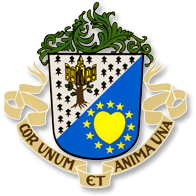







 This spare wheel is rather invisible. It is the driver who decides on the objective of the trip. The missionary is a passenger on an anguishing road, because the driver is driving recklessly without respecting the traffic rules.
This spare wheel is rather invisible. It is the driver who decides on the objective of the trip. The missionary is a passenger on an anguishing road, because the driver is driving recklessly without respecting the traffic rules.
